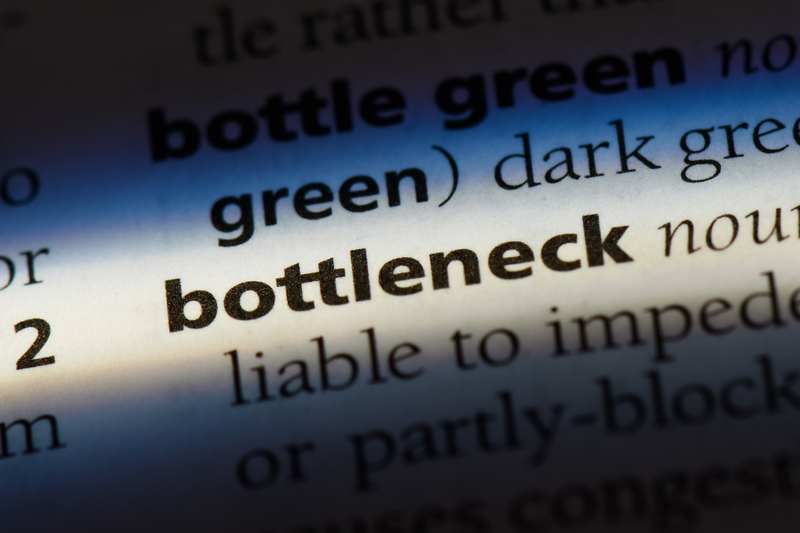
“I say an hour lost at a bottleneck is an hour out of the entire system. I say an hour saved at a non-bottleneck is worthless. Bottlenecks govern both throughput and inventory.”
Eliyahu M. Goldratt
There can be multiple causes of slowdowns and disruptions in workflow. One of the most serious causes can be bottlenecks. When efficiency is crucial to an workflow process, a bottleneck can significantly impact the bottom line and customer satisfaction of any organization. A bottleneck analysis offers an organization opportunities to improve efficiencies, customer satisfaction and ensure workflows at an even rate.
A bottleneck analysis is a detailed process where an organization gathers as much detailed information about the flow of a particular product or process. Specifically, data is gathered about the point(s) in the process where workflow is bottlenecking. This type of analysis can be done specifically to identify the cause of a bottleneck that is causing problems, or to learn about processes where a bottleneck is likely to occur in the future. The bottleneck analysis will provide important information about how things are done, and how they can be improved.
When performing the analysis, it is crucial to not only look at where the bottleneck is occurring, but the entire workflow process. This will give a better picture of what is really occurring at all stages of the process, along with what occurs just before and after the bottleneck. If a bottleneck early in the workflow process is eliminated, it may result in a new one forming further down the line. A properly performed analysis will not only help to find solutions to the existing bottleneck, but will also help to prevent new ones from forming.
Preventing bottlenecks would be ideal to avoid having to manage and resolve them in the future. There are ways to work around them when planning the production environment. Giving employees free rein over minor decision-making will allow them to make the decision they feel is most efficient. Establishment of standardized exchanged protocols can minimize the potential for future bottlenecks to occur through minimizing downtime.








No responses / comments so far.